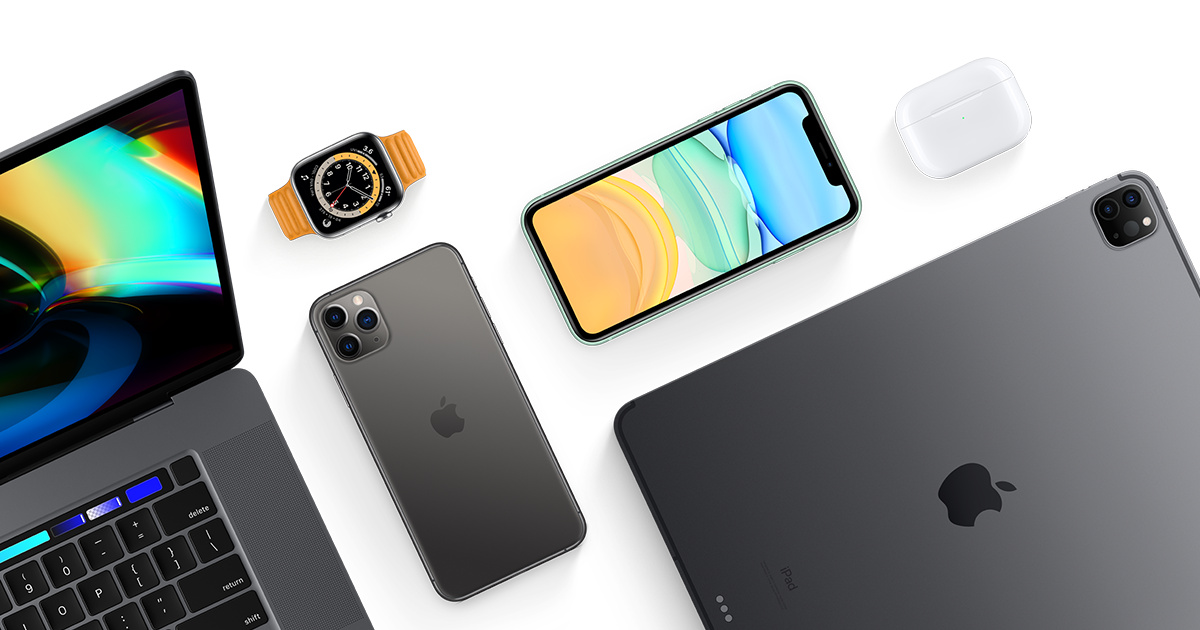In the ever-evolving world of technology, businesses face the critical decision of whether to lease or buy their equipment. This is particularly true for Apple products, which are renowned for their quality, design, and innovation. As organizations strive to remain competitive and efficient, understanding the nuances between apple leasing and purchasing is essential. This article explores the benefits and drawbacks of both options, providing insights that can help businesses make informed decisions tailored to their unique needs.
Understanding the Basics of Apple Leasing and Buying
When a business opts to purchase Apple products, it acquires full ownership of the devices. This means the company is responsible for the entire cost upfront, along with any future maintenance, upgrades, or repairs. The primary advantage of buying is the long-term ownership; once the device is paid off, all subsequent use is essentially free from additional payments. This can be a compelling option for companies that prefer to maintain their assets over a more extended period.
Conversely, apple leasing allows businesses to use the products for a specified period without the upfront costs associated with purchasing. Instead of ownership, the company pays a monthly fee for the duration of the lease. At the end of the term, businesses typically have options to either return the device, upgrade to a newer model, or purchase the equipment at its residual value. This model is increasingly attractive in a market where technology quickly becomes outdated.
Financial Implications of Leasing vs. Buying
One of the most significant considerations in choosing between leasing and buying Apple products is the financial impact. Purchasing devices often involves a substantial initial investment, which can strain a company’s cash flow, especially for small and medium-sized enterprises. In contrast, apple leasing typically requires lower monthly payments, allowing businesses to manage their budgets more effectively.
Leasing can also provide tax advantages. In many regions, businesses can deduct lease payments as an operational expense on their taxes, potentially leading to significant savings. This aspect makes leasing particularly appealing for companies looking to optimize their financial strategy. Additionally, since leasing requires less upfront capital, businesses can allocate funds to other critical areas, such as marketing or research and development.
On the other hand, purchasing may be more economical in the long run for companies that plan to use devices for several years. Once the purchase is made, the ongoing costs are limited to maintenance and repairs, which may ultimately lead to lower overall expenses. Thus, the decision should be based on a careful evaluation of financial projections and operational needs.
Flexibility and Upgradability
The rapid pace of technological advancement is another crucial factor when considering whether to lease or buy Apple products. With new models frequently released, businesses may find themselves owning outdated technology sooner than expected. This is where apple leasing shines, as it allows companies to upgrade their devices at the end of the lease term.
Leasing agreements often include the latest models, ensuring that employees have access to cutting-edge technology that enhances productivity and efficiency. This flexibility can significantly impact employee satisfaction, as having modern devices can improve their ability to perform tasks effectively. In industries that rely heavily on technology, such as creative services and software development, staying current with the latest tools is essential for maintaining a competitive edge.
In contrast, businesses that choose to buy may face the challenge of managing outdated devices. When technology becomes obsolete, companies might have to invest in upgrades or replacements, potentially disrupting workflow and productivity. Thus, the leasing model offers a proactive approach to managing technological change, allowing for seamless transitions to newer equipment.
Maintenance and Support Considerations
Another critical aspect of the leasing versus buying debate is the maintenance and support that comes with each option. When companies purchase Apple products, they are responsible for any repairs and maintenance that arise during the devices' lifespan. This responsibility can lead to unexpected costs and downtime, which can be detrimental to operations.
In contrast, apple leasing arrangements typically include maintenance and support services as part of the lease agreement. This inclusion allows businesses to avoid the hassle of managing repairs and ensures that devices remain in optimal working condition. As a result, companies can enjoy greater peace of mind, knowing that their technology is well-maintained and that any issues will be addressed promptly.
This support is particularly beneficial for businesses that may not have dedicated IT teams to handle equipment issues. By choosing leasing, these organizations can focus on their core operations rather than being burdened by technology-related concerns.
Conclusion: Making the Right Choice for Your Business
The decision between apple leasing and buying is not a one-size-fits-all scenario. Each option presents distinct advantages and challenges that must be carefully considered based on a company’s specific needs and financial situation. For businesses looking to optimize cash flow, maintain flexibility, and ensure access to the latest technology, leasing may offer a compelling solution. Conversely, for those who prefer long-term ownership and have the capital to invest upfront, purchasing may be more advantageous.
Ultimately, understanding the implications of each choice will empower businesses to make informed decisions that align with their operational goals. For organizations exploring their options, engaging with experts can provide valuable insights tailored to their unique circumstances. Companies like Geex specialize in helping businesses navigate these decisions, offering leasing solutions designed to maximize efficiency and performance in an ever-changing technological landscape.





Comments